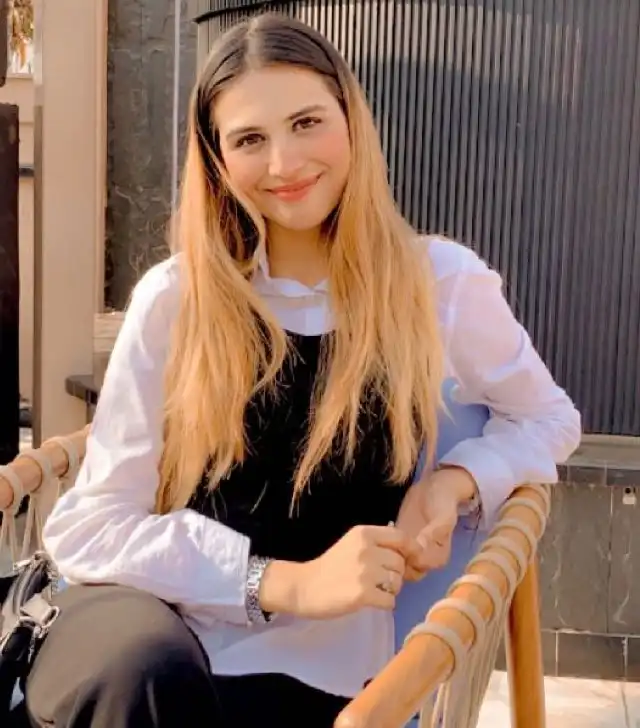![IPL Trade Window 2026 [Source: @Onecricket and IPLT20/X.com]](https://onecricketnews.akamaized.net/parth-editor/oc-dashboard/news-images-prod/1752576038985_IPL_Trade_Window (1).jpg) IPL Trade Window 2026 [Source: @Onecricket and IPLT20/X.com]
IPL Trade Window 2026 [Source: @Onecricket and IPLT20/X.com]
The Indian Premier League (IPL) 2025 season may be over, but the excitement hasn’t stopped. As fans eagerly look ahead to IPL 2026, all eyes are now on the IPL trade window, a behind-the-scenes period when teams can reshuffle their squads before the next big auction.
But what exactly is the trade window? How does it work? And why is everyone talking about it right now? Let’s break it down in simple language.
What Is IPL Trade Window?
The IPL trade window is like a transfer market where teams can exchange players before the auction takes place. This gives all 10 IPL franchises a chance to fine-tune their squads. They can let go of players they don’t need and bring in others who better fit their plans.
It’s especially helpful for franchises looking to fix weak areas or strengthen certain departments, all before the chaos of the auction begins.
When Does the Trade Window Happen?
There are two phases of the trade window:
First Phase:
- Starts: 7 days after the IPL season ends
- Ends: 7 days before the auction date
For IPL 2026, since the 2025 season ended on June 3, the trade window officially opened on June 10, 2025 and will run until a week before the 2026 auction.
Second Phase:
- Opens right after the auction ends
- Closes 30 days before the next IPL season starts
How Do IPL Trades Work?
Unlike the auction, where players go to the highest bidder, trades happen directly between two teams. There are three main ways a trade can be done:
Direct Player Swap: Two teams agree to exchange players with no money involved.
Example: Avesh Khan (LSG) was swapped with Devdutt Padikkal (RR) before IPL 2024 auction.
All-Cash Deal: One team pays the same amount that the player was bought for in the previous auction.
Example: Mumbai Indians (MI) bought back Hardik Pandya from Gujarat Titans by paying ₹15 crore, exactly what GT paid for him earlier before the IPL 2024 season.
Trade + Transfer Fee: Teams can also agree on a transfer fee in addition to the player’s base price.
This fee is not public and doesn’t affect the auction budget of the team receiving the money.
The Franchises Must Follow These Important Rules
- Player Consent Is a Must: The player being traded must agree to the move. No trade happens without the player saying yes.
- Home Team Has Final Say: The team currently owning the player also has to approve the trade before it goes through.
- Price Difference Matters: If two players are swapped but have different salaries, the team getting the higher-priced player must pay the difference.
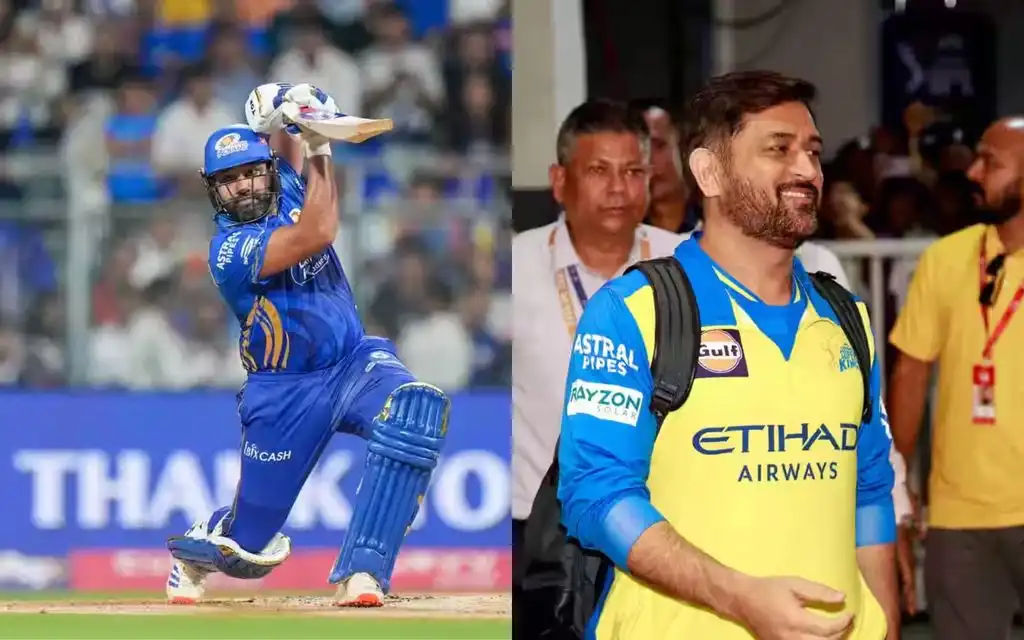
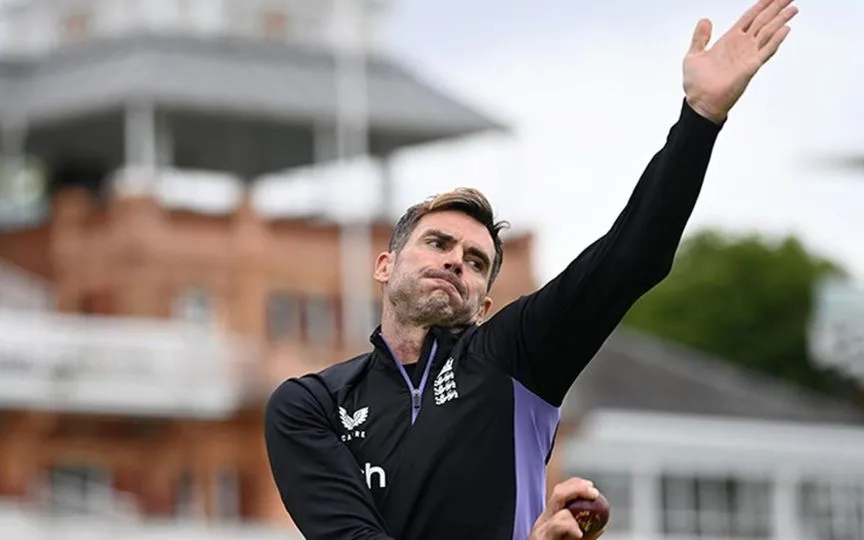
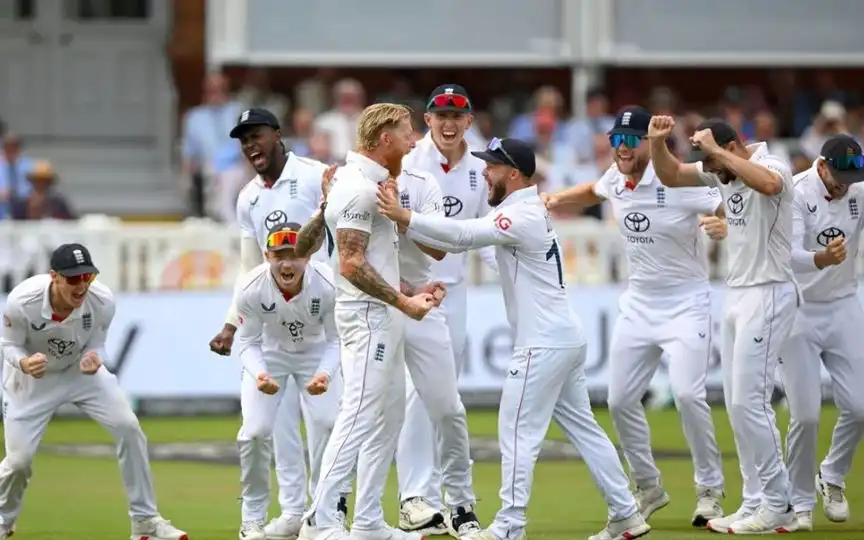
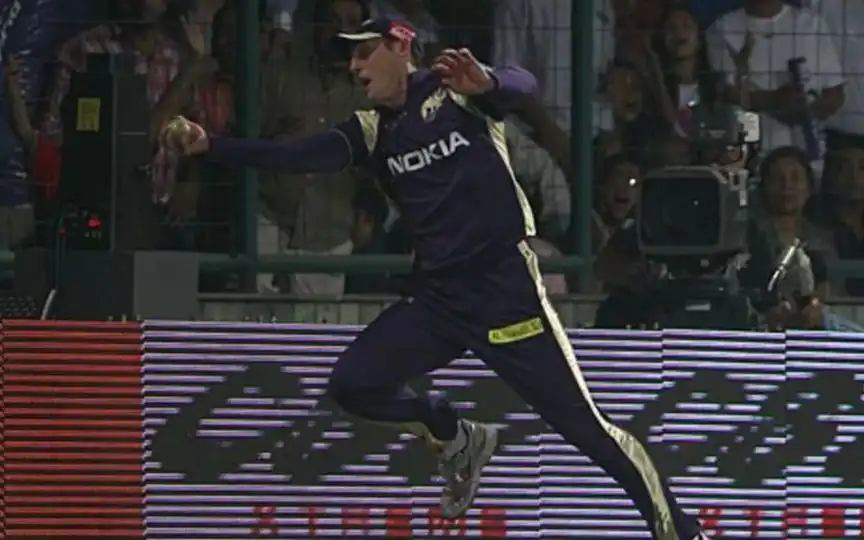
.jpg?type=mq)
